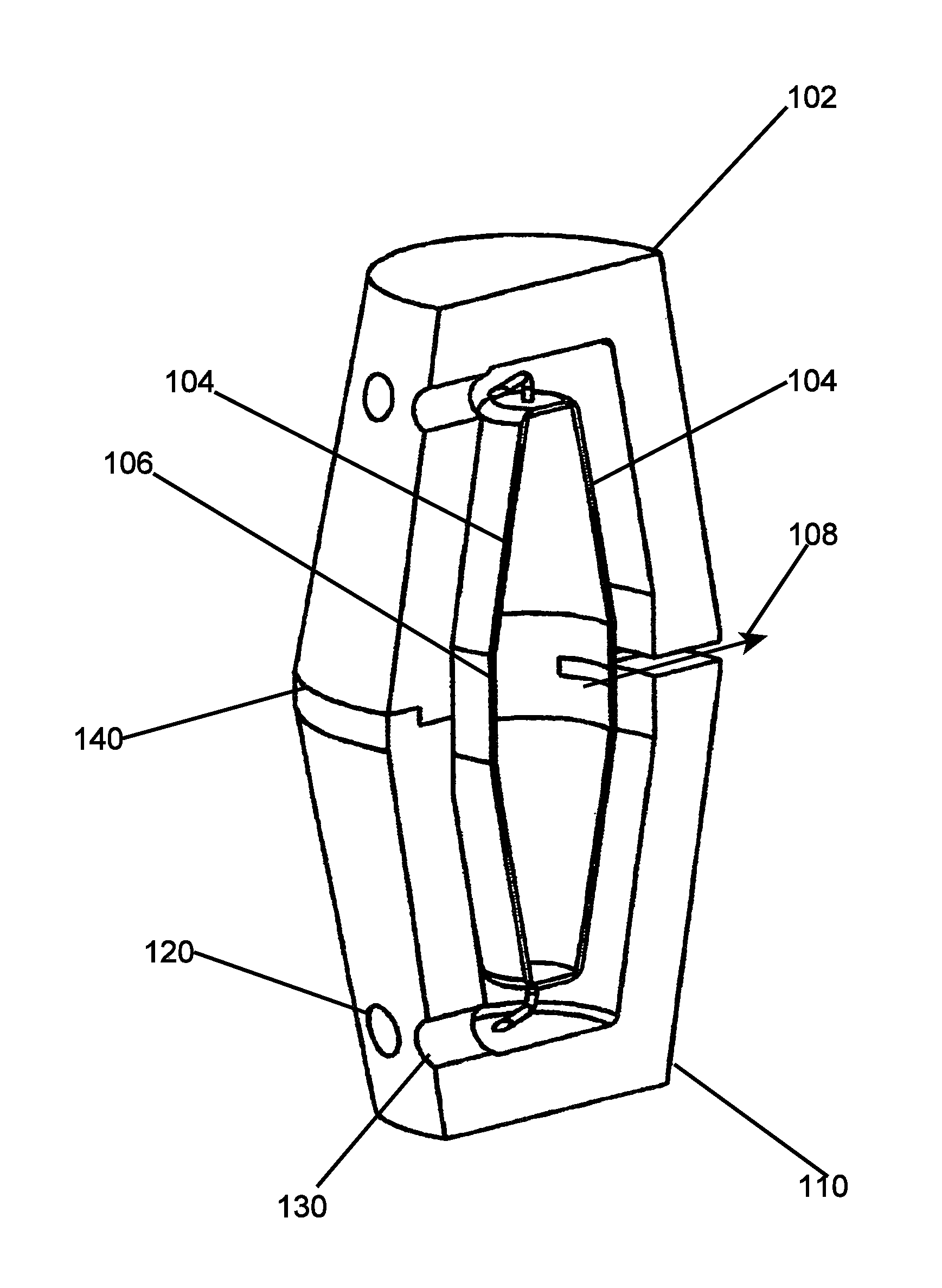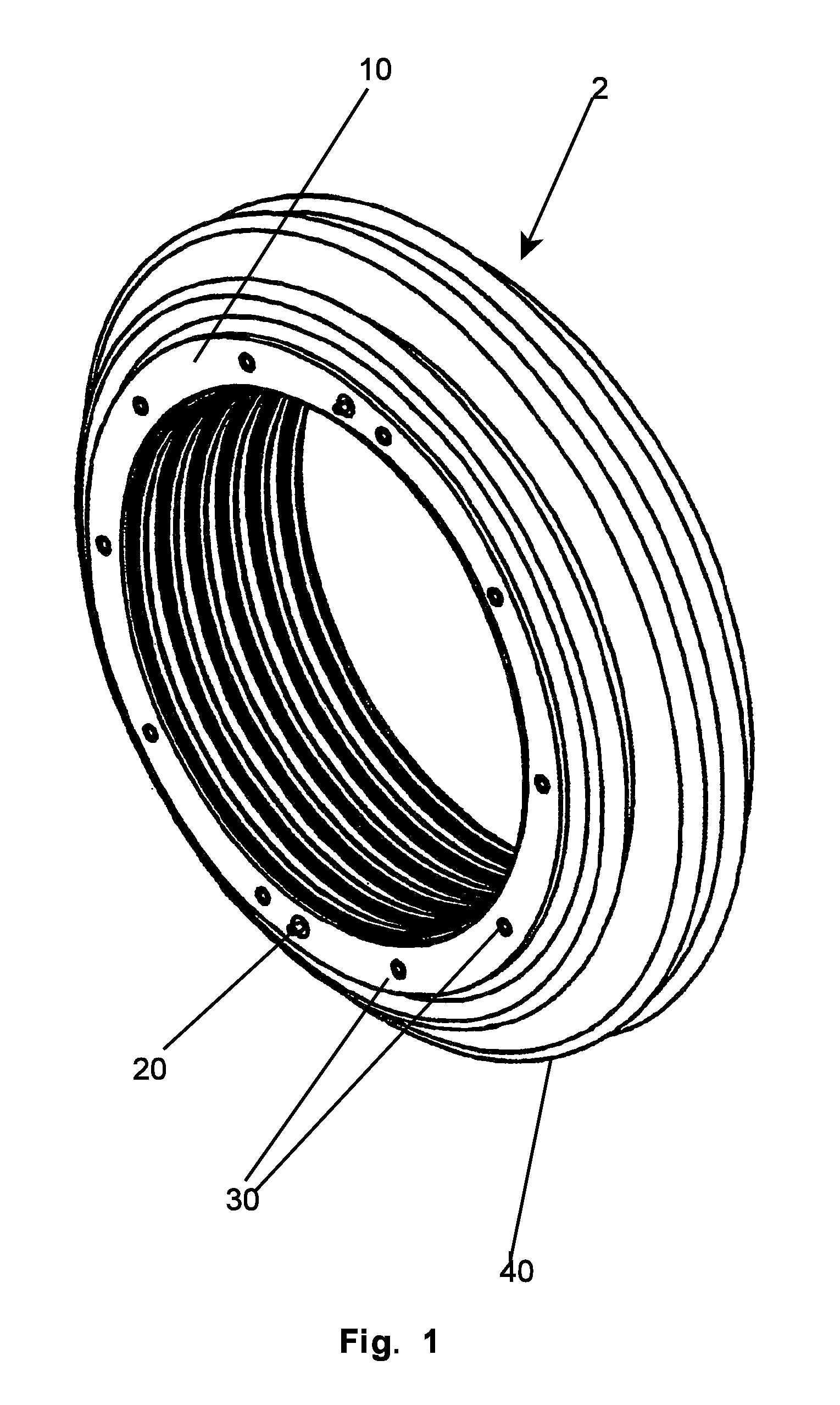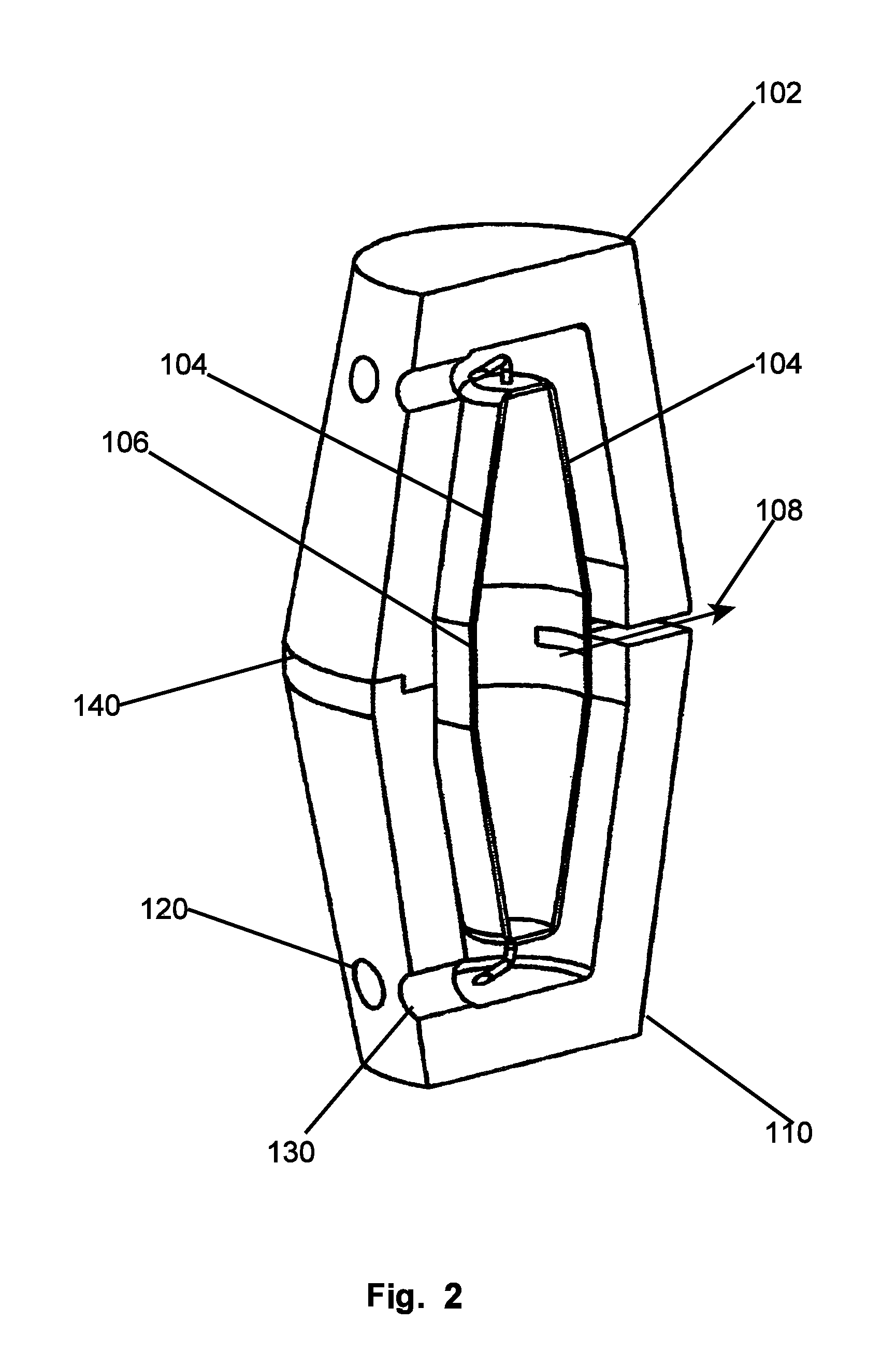Bismuth compounds composite
a technology of polymer metal and composites, applied in the field of polymer metal precursor composites, can solve the problems of increasing legal controls, unsatisfactory mechanical or electrical properties, and undesirable limitations on the range of properties, and achieve the effects of increasing the specific gravity, refractive index and durability of optical equipment, and similar surface material properties
- Summary
- Abstract
- Description
- Claims
- Application Information
AI Technical Summary
Benefits of technology
Problems solved by technology
Method used
Image
Examples
example i
[0080]A first formulation and embodiment of the invention was derived from bismuth oxide (Bi203). The formulation comprised an epoxy resin (438 Novolac / HHPA curative, a trademark and product of the Dow Corporation), bismuth oxide (catalog no. RS-2299) and hydrated alumina. Volumetric percentages will be discussed below. 12 inch rigid square plates of 0.25 inch thickness were vacuum cast and examined. Test panels were machined from the plates.[0081]The cast plate was of good quality.[0082]The grain size was generally smaller than that of a lead oxide test item.[0083]Machined panels were of good quality.[0084]Material density was comparable to a lead oxide test item.[0085]Shielding effectiveness was comparable to lead oxide test items.[0086]Arc resistance was 125 seconds (Tested using ASTM D-495)[0087]Dielectric Strength was 215 volts / mils (Tested using ASTM D-149)
[0088]Unexpectedly, grain density was smaller than the same density of lead oxide filled epoxy, thus allowing the potentia...
PUM
| Property | Measurement | Unit |
|---|---|---|
| density | aaaaa | aaaaa |
| diameters | aaaaa | aaaaa |
| diameters | aaaaa | aaaaa |
Abstract
Description
Claims
Application Information
 Login to View More
Login to View More - R&D
- Intellectual Property
- Life Sciences
- Materials
- Tech Scout
- Unparalleled Data Quality
- Higher Quality Content
- 60% Fewer Hallucinations
Browse by: Latest US Patents, China's latest patents, Technical Efficacy Thesaurus, Application Domain, Technology Topic, Popular Technical Reports.
© 2025 PatSnap. All rights reserved.Legal|Privacy policy|Modern Slavery Act Transparency Statement|Sitemap|About US| Contact US: help@patsnap.com



